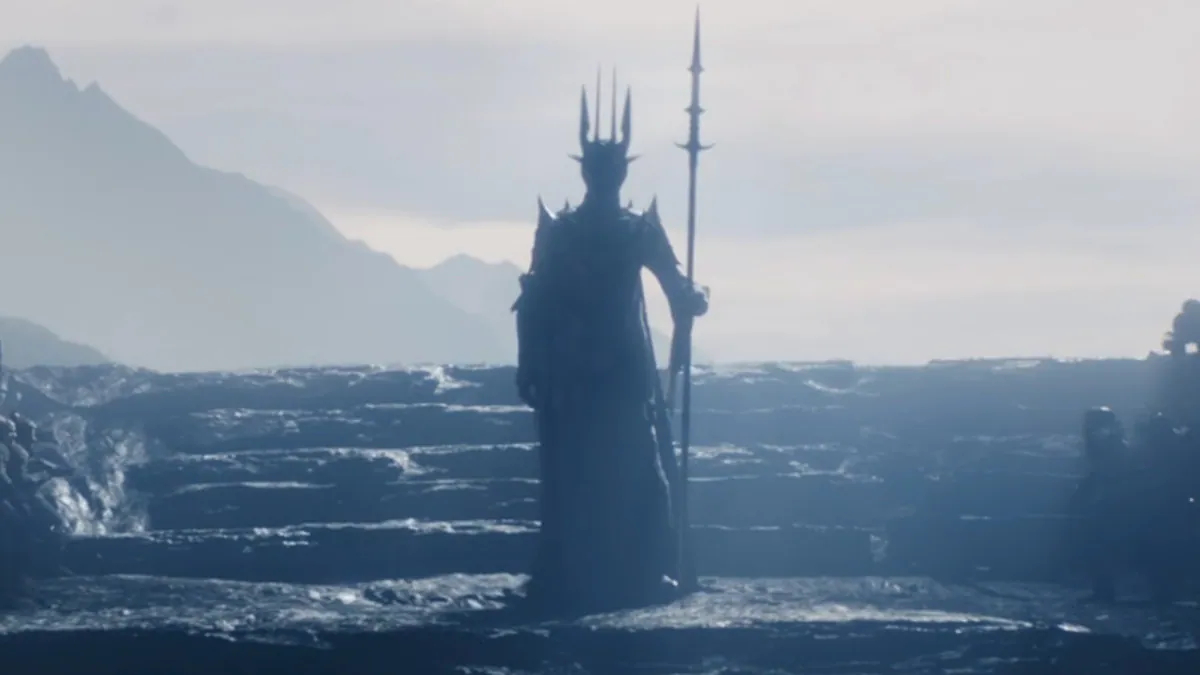
There are many different versions of the story of Sigurd the Volsung, but the main aspect of his myth that seems to be echoed in the story of Túrin is his killing the dragon Fafnir, and his conversation with the dying dragon. Oedipus and Kullervo are both partial inspiration for the tragic deaths by suicide of several characters. Although Tolkien does not mention Arthurian legend in his letter, Thomas Malory’s Le Morte d’Arthur may have been at the back of his mind as well. All three of these latter stories also feature accidental incest with dire consequences.
In the Greek myth, Oedipus learns of a prophecy that says he will one day kill his father and sleep with his mother, so he leaves his adoptive home, only to kill a man who turns out to be his biological father and marry his biological mother. His mother Jocasta commits suicide and Oedipus puts out his own eyes in horror. In the Kalevala, Kullervo is raised by the people who murdered his entire tribe, sold into slavery, then seduces a girl who turns out to be his long-lost sister, at which point she commits suicide, as does Kullervo after taking vengeance on the people who killed his tribe in the first place. In Malory’s story, King Arthur and his half-sister Morgause sleep together without realizing they are related and conceive a son named Mordred, who eventually rebels against Arthur in a battle that kills them both. Túrin’s accidental killing of his great friend Beleg also echoes Malory’s text about Sir Balin and his brother Balan, who tragically kill each other in a duel because they weren’t wearing their usual armor and didn’t recognize one another.
Although Tolkien didn’t mention it to Waldman, he was also clearly influenced by the Old English poem Beowulf, with which he was extremely familiar, after translating the epic and giving a lecture on it (“Beowulf: The Monsters and the Critics”). The earliest versions of the story of “Túrin son of Húrin and Glórund [later Glaurung] the Dragon,” written from 1918 into the 1920s at least as far as 1924, were not prose, but poems, two drafts of which were published in The Lays of Beleriand (History of Middle-earth, Volume 3). The poem used the same structure as typical Old English poetry, including Beowulf. These drafts do not rhyme, but are written in half-lines that heavily feature alliteration, for example, “Then a fierce fury, like a fire blazing / was born of bitterness in his bruiséd heart.” The hero Beowulf’s fight with a great dragon happens at the end of his life and is what kills him, so the strong influence of Beowulf on Tolkien’s poem likely shaped the gloomy end of Húrin and his line.
Húrin’s final fate, throwing himself into the sea, also echoes another famous bit of Greek mythology. The hero Theseus forgets to put up a white sail to show he is safe during his triumphant return home to his father Aegeus, and instead flies a black sail, making Aegeus think he has died. So Aegeus decides to throw himself into the Aegean Sea, giving that body of water its name.
Tolkien’s Life and Influences
But perhaps more important than the myths that inspired it, the other possible reason this story is so dark is that Tolkien was dealing with severe trauma when he wrote it. This is one of the earliest Middle-earth stories Tolkien wrote, and he started it around 1918. Tolkien served on the front line in the First World War from June to October in 1916, fighting in the months-long battle of the Somme, one of the deadliest battles in history. When Christopher was serving with the RAF in the Second World War in 1944, his father wrote to him offering his sympathies on the various problems of military life, and telling him about how he relieved his own suffering in 1916 though writing, creating Morgoth and writing “in huts full of blasphemy and smut, or by candle light in bell-tents, even some down in dugouts under shell fire.”
Tolkien caught trench fever, a disease spread by lice that frequently caused long-term or relapsing illness, and returned to Britain, serving in camps at home for the rest of the war due to his recurring bouts of illness. It was during the last year of the war that he started the story of Túrin. And so it is hardly surprising, given that he was still in active service at the time he started it, still suffering physically from his time in the trenches, and the memories of the war were fresh in his mind and would haunt him for the rest of his life, that the resulting story is a wee tad on the gloomy side.
"story" - Google News
September 04, 2023 at 08:00PM
https://ift.tt/iJK79gR
Tolkien's Darkest Middle-earth Story Isn't From The Lord of the Rings - Den of Geek
"story" - Google News
https://ift.tt/iqOYC7v
https://ift.tt/MVGSq56
Bagikan Berita Ini














0 Response to "Tolkien's Darkest Middle-earth Story Isn't From The Lord of the Rings - Den of Geek"
Post a Comment